Drug trafficking, mainly crack, a cheap drug derived from cocaine, has moved on. Two years ago, the Prefecture closed the “Crack Hill”, Porte de la Chapelle (75018).
Drug addicts have reached the north-east of the capital, from the Porte d’Aubervilliers to the place of the Battle of Stalingrad (75019) via the Eole gardens. Another place, from Château rouge to La Chapelle (75010) where the first shooting room is located, rue Ambroise Paré, near the Lariboisière hospital.
It is in this zone, that drug addicts and dealers find themselves, worrying the peace and the health of the residents. This phenomenon has particularly increased since the start of confinement and the closure of certain reception structures.
What is crack?
Crack is a “junk drug”. Inexpensive (between 10 and 15 euros per “pebble” from which we take an average of 4 doses), easy to produce (just mix and then heat the cocaine with baking soda), it is very addictive and there is no substitute product. All of this makes its success easy with consumers. Place Stalingrad, has been the site of trafficking since the 1980s. After a slight respite in recent years and the dismantling in November 2019 of the “Colline du crack” (Porte de la Chapelle), drug addicts from the North-East of Paris have landed towards Stalingrad. The first confinement worsened the situation.
The shoot room
Experimentation with 2 shooting rooms began in 2016 in Paris and Strasbourg. These two lower risk consumption rooms take stock after 5 years, while the number of “crakers” has increased.
In Paris, last year, a second room opened in Marx Dormoy (75018), with the development of 15 places in an addictology support and prevention care center (CSAPA). A rest room, Porte de la Chapelle, offered 26 places. They employ around fifteen people. All this uses an operating budget of around 1 million euros per year. Since its opening last December, it has welcomed nearly 5,000 crack smokers in precarious situations.
According to the French Observatory for Drugs and Drug Addiction (OFDT), in 2015, 10,000 crack users attended the reception and harm reduction support centers for drug users (CAARUD) in the Ile-de-France region, including 8,400 in Paris and 1,000 in Paris. Seine-Saint-Denis.
The crack plan
With the increase in the number of crackers, “deal” places have also exploded all over the place. A “crack” plan for a period of 2 years was therefore decided in May 2019 in collaboration with the city, the prefecture of Paris and the ARS (Regional Health Agency in Ile-de-France).
It commits more than 3 million euros. Each year, comparable funding is adapted to changing needs for the years 2020 and 2021.
Composed of 33 proposals, it serves to better coordinate the action taken by all actors in the fight against crack. It proposes better regulation of the public space and a coordinated risk and harm reduction policy in favor of crack users and wandering poly-consumers.
Structured into four objectives, this plan remains consistent with the 2018-2021 National Mobilization Plan against Addictions as well as with the national poverty reduction strategy:
- support users to reduce risks and promote care pathways
- strengthen accommodation and rest areas
- intervene in public space for both users and residents
- improve knowledge of the audiences concerned
There should be spaces for rest and consumption in the Reception and Support Centers for Risk Reduction for Drug Users (CAARUD), according to the City of Paris.
A new room for Good News
The plan provides for a new rest area in Bonne Nouvelle (10th) budgeted for 200,000 euros in 2020. Last November, a meeting made it possible to define actions for 2021. It also made it possible to take stock of the past 3 years.
Addiction and emergency accommodation
The city of Paris and Mildica would like to create several new consumption rooms, as part of the crack plan, to facilitate acceptance by residents.
Since the start of the year, 156 crack sellers or consumers have been arrested in the 19th district and the Railroad Brigade has arrested more than 240 people linked to crack trafficking.
The ASSORE system provides accommodation and medico-social care. It allows the accompaniment of 426 crackpot smokers who were in the street, including hotel accommodation places almost tenfold in two years.
In 2020, 1.7 million euros were invested for medico-social support and 5 million euros for accommodation:
Creation of 68 places in specialized accommodation units, once the land has been found.
Reinforcement of the patrols amounted to 260,000 euros per year “to maintain a daily passage of 5 mobile teams on sites in tension”, despite the health crisis. Last month, the Prefecture of Police evacuated 86 individuals from a disused tunnel near the Rosa Parks station (19th) on the instructions of the Minister of the Interior.
Since the opening of the Lariboisière room, the city of Paris and the local residents association “Action Barbès” have recognized its usefulness. Street injections and building intrusions have decreased significantly. The arrival of crack users in the area is causing further concern.
Fed up with local residents
The nuisances linked to the crack trade exasperate local residents. Every evening at 8:00 p.m., the inhabitants of Stalingrad (75019) bang on pots and pans as they did in support of hospital staff at the start of the health crisis. This time, it’s to draw attention to the hell they are going through. This place, already famous for drug trafficking, is now home to hundreds of crack users.
During the weekend of May 1, residents of the Stalingrad district fired dozens of mortars in the direction of the “crackers” on avenue de Flandre. Every night they experience the harmful presence of hundreds of drug addicts. An investigation is underway and since then, police forces have been stationed at the scene
On May 12, they expressed their anger, no longer supporting the nuisances linked to the consumption of crack, denouncing the inaction of the public authorities in the fight against drug trafficking.
In the north of Paris, the Éole park has long ceased to host games for children and family walks. Every day, 200 drug users roam the lawns under the influence of drugs. They all smoke crack, a derivative of cocaine, causing a strong addiction and profound psychological disorders.
Cries and fights between drug addicts punctuate the life of the inhabitants of the district who no longer want to go out. They are fed up with being “taxed” with money.
Reactions from the town hall
The town hall would like “a territorial network” in the north-east of the capital with “small spaces rather than large structures” and a mobile space: a truck equipped to meet the most isolated.
The beginning of the avenue de Flandre, in front of the headquarters of Cramif (regional health insurance fund of Île-de-France), is now the place where traffickers and consumers meet every evening as soon as the garden closes. ‘Eole, where crack smokers spend the day. The Stalingrad metro station is impassable between 9 p.m. and 6 a.m. Dozens of drug addicts in need practice aggressive begging. Drug addicts fight with machetes or relieve themselves under the windows of residents who do not hesitate to pour buckets of water on them.
François Dagnaud, mayor of the 19th arrondissement, deplores the fact that the place has become for a year “the European sanctuary for crack, with an active line of 200 traffickers and consumers”.
The taken procedures
Many elected officials criticize the Paris Police Prefecture for its inaction. The traffic, held by West African networks, takes place in full view. Apart from the prohibitions on appearing or the injunctions of care, justice is, for its part, almost powerless.
The “crack plan did not achieve its objectives, according to Nicolas Nordmann, assistant to the security of the city of Paris.
Over the past year, the fight against crack trafficking has intensified:
Teams patrolling 24 hours a day on Stalingrad Square and its surroundings
Urban improvements (benches removed to prevent consumers from stagnating, improved public lighting to facilitate the work of officials in the field.
Legal information regularly opened to try to identify the main players.
Since June 2020, consumers arrested have been systematically referred. They must follow a therapeutic injunction accompanied by a ban on appearing in the north-east of Paris.
Drug traffickers and the health crisis
At the start of the first health crisis in March 2020, drug trafficking had to reorganize its supply and distribution networks. Despite the losses at the start, he was able to regain his place. Drug trafficking in France generates an activity estimated at nearly 2.7 billion euros per year. This represents a little more than 0.1 point of GDP. Of these 2.7 billion, cannabis trafficking generates 1 million euros and that of cocaine, 800 million euros. Contrary, prostitution is not included in the calculation of the GDP, unlike some European countries.
On the way to a new crack plan
Since May 17, Stalingrad Square has been closed to “crackers”. They are confined to the Eole garden and to the rue Riquet.
This device provides for a reinforcement of police patrols day and night. They prevent drug addicts from stagnating in this square, at the foot of apartment buildings.
The new crack plan, developed by the police headquarters and the town hall, provides for the possibility for users, estimated at nearly 150 in the neighborhood, to stay until 1 a.m. (instead of 8 p.m.) in the neighborhood. Parc des Jardins d’Eole, located about 500 meters from Stalingrad Square. After 1 a.m., the crack users, mostly homeless, are confined to rue Riquet which borders the park and then spans the railroad tracks.
This measure takes into account the exasperation of local residents. They no longer sleep because of the howls and settling of scores… However, this adjustment is only temporary. It does not aim to fight against traffic but to restore serenity around Stalingrad Square. Food and syringe distributions by associations in the square are prohibited. They can still take place at the Jardins d´Eole.
An Inserm and OFDT report recommends the opening of day and night reception facilities for crack users. It also provides 4 inhalation rooms similar to “shooting rooms” to limit consumption in public spaces and better supervise care. However, the police and judicial authorities fear the creation of places of fixation for drug addicts.
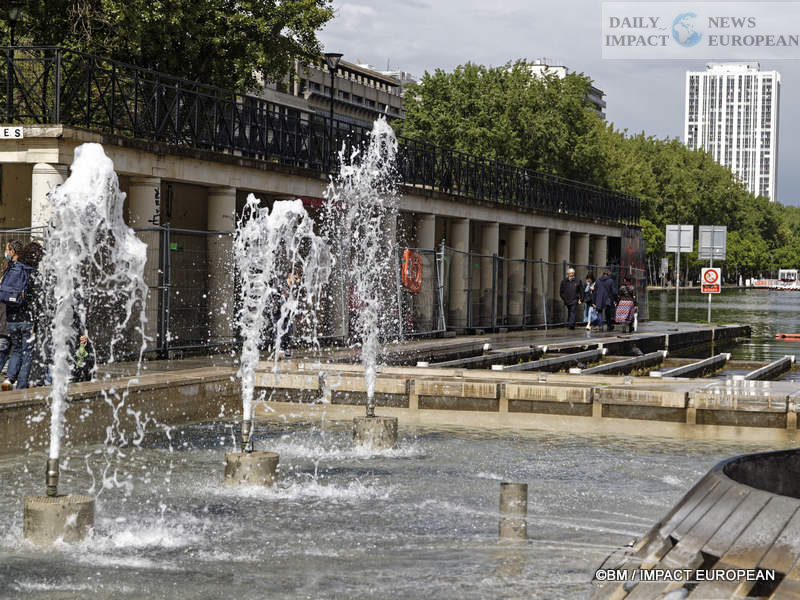
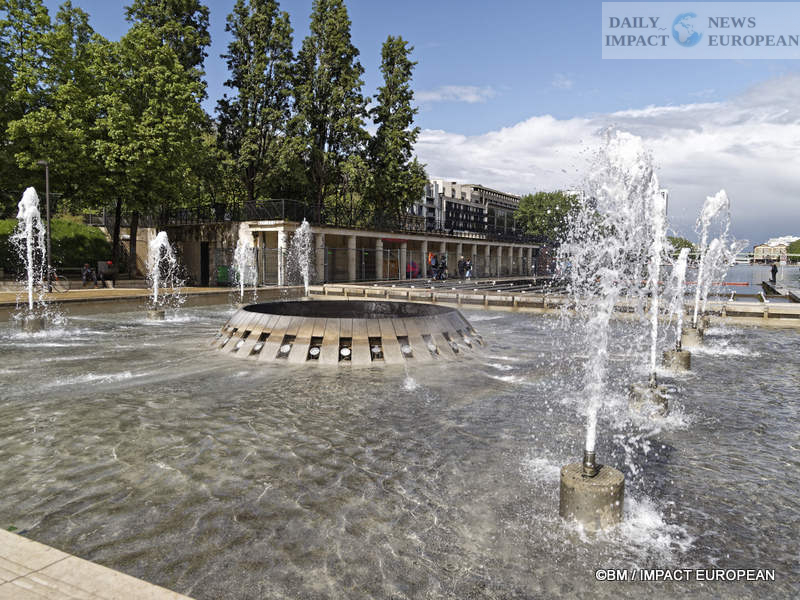
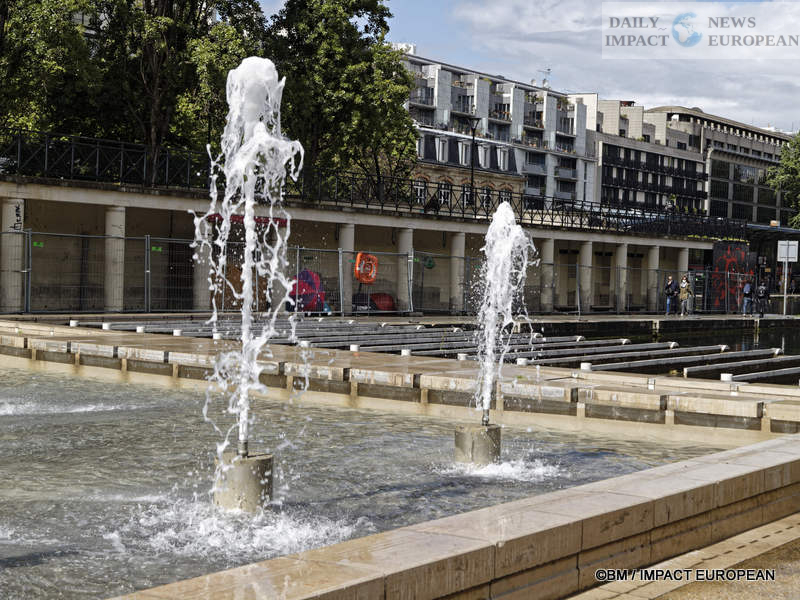
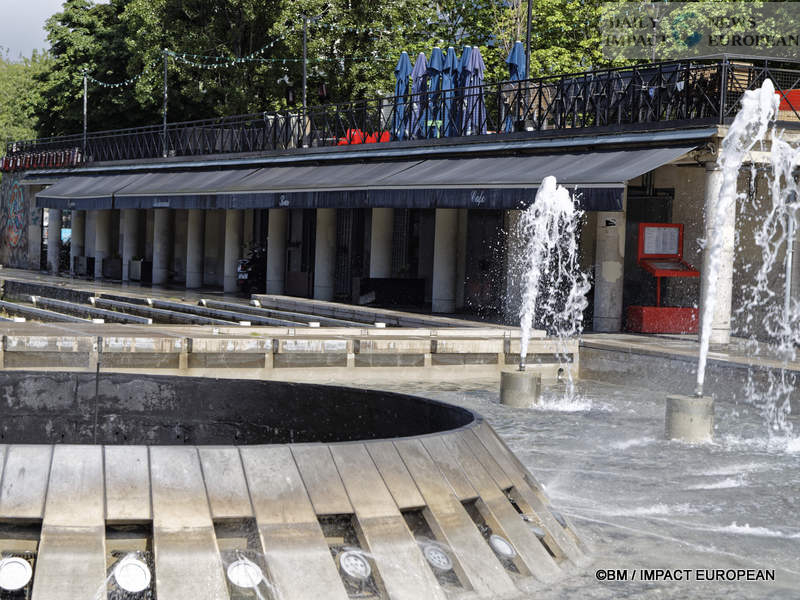
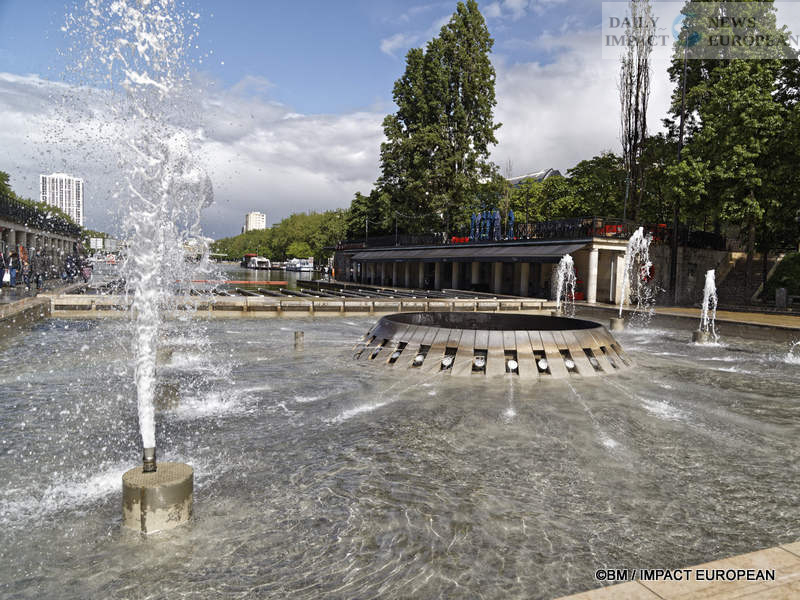
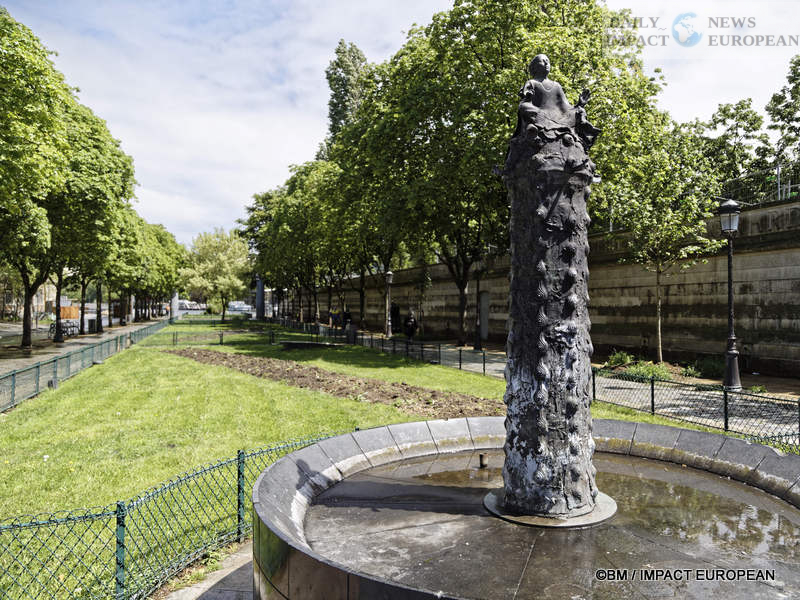
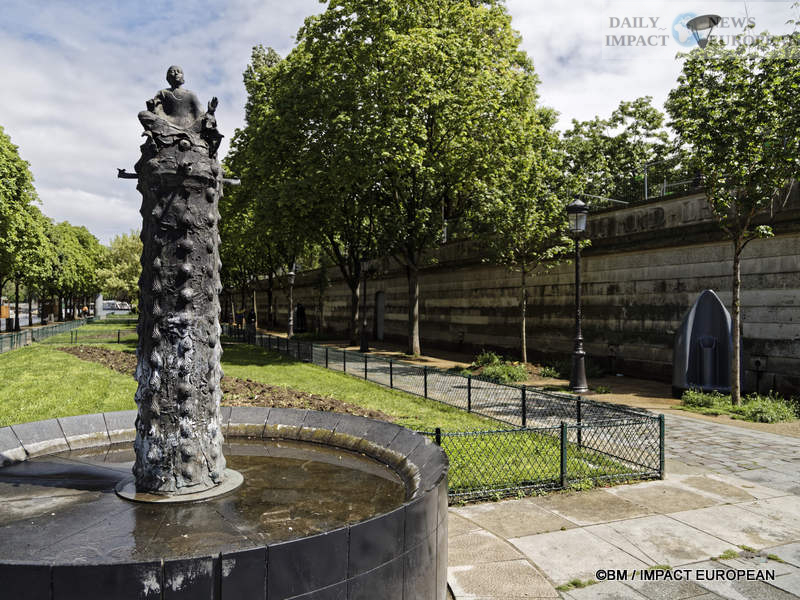
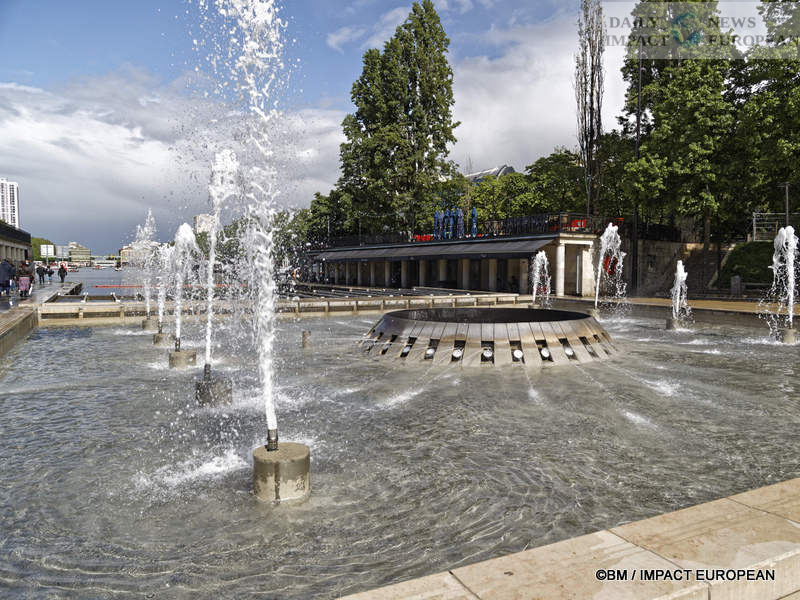
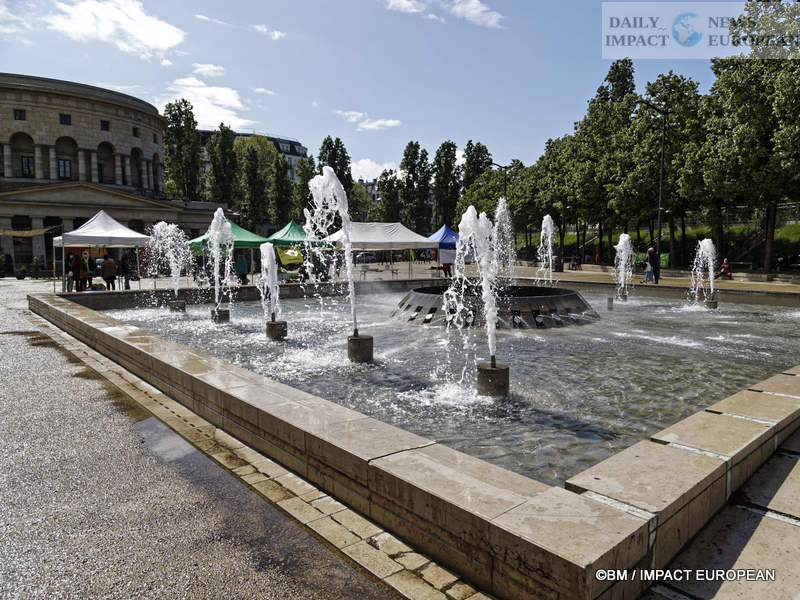
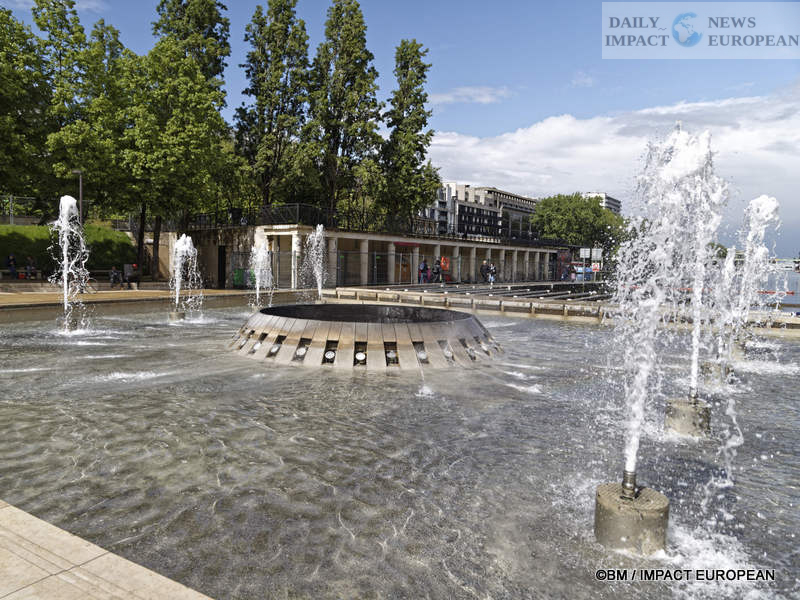

More Stories
METAL D’ALCOVE, the workshop of Eric KATZ, lighting sculptor in Montmartre
Paris Marathon 2024: Victory for Ethiopians at the Paris marathon
Gelsomina